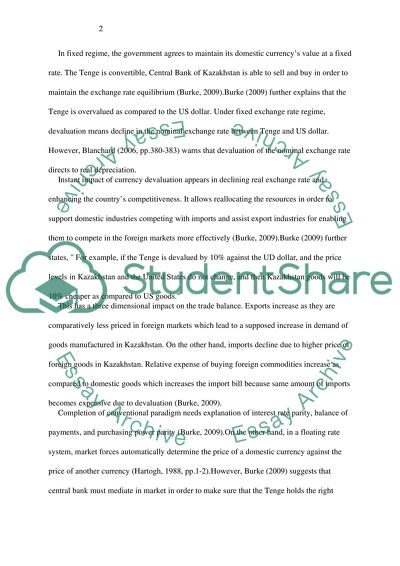Cite this document
(“Exchange rate regime in Kazakhstan Essay Example | Topics and Well Written Essays - 2000 words”, n.d.)
Exchange rate regime in Kazakhstan Essay Example | Topics and Well Written Essays - 2000 words. Retrieved from https://studentshare.org/miscellaneous/1578875-exchange-rate-regime-in-kazakhstan
Exchange rate regime in Kazakhstan Essay Example | Topics and Well Written Essays - 2000 words. Retrieved from https://studentshare.org/miscellaneous/1578875-exchange-rate-regime-in-kazakhstan
(Exchange Rate Regime in Kazakhstan Essay Example | Topics and Well Written Essays - 2000 Words)
Exchange Rate Regime in Kazakhstan Essay Example | Topics and Well Written Essays - 2000 Words. https://studentshare.org/miscellaneous/1578875-exchange-rate-regime-in-kazakhstan.
Exchange Rate Regime in Kazakhstan Essay Example | Topics and Well Written Essays - 2000 Words. https://studentshare.org/miscellaneous/1578875-exchange-rate-regime-in-kazakhstan.
“Exchange Rate Regime in Kazakhstan Essay Example | Topics and Well Written Essays - 2000 Words”, n.d. https://studentshare.org/miscellaneous/1578875-exchange-rate-regime-in-kazakhstan.


